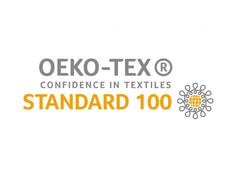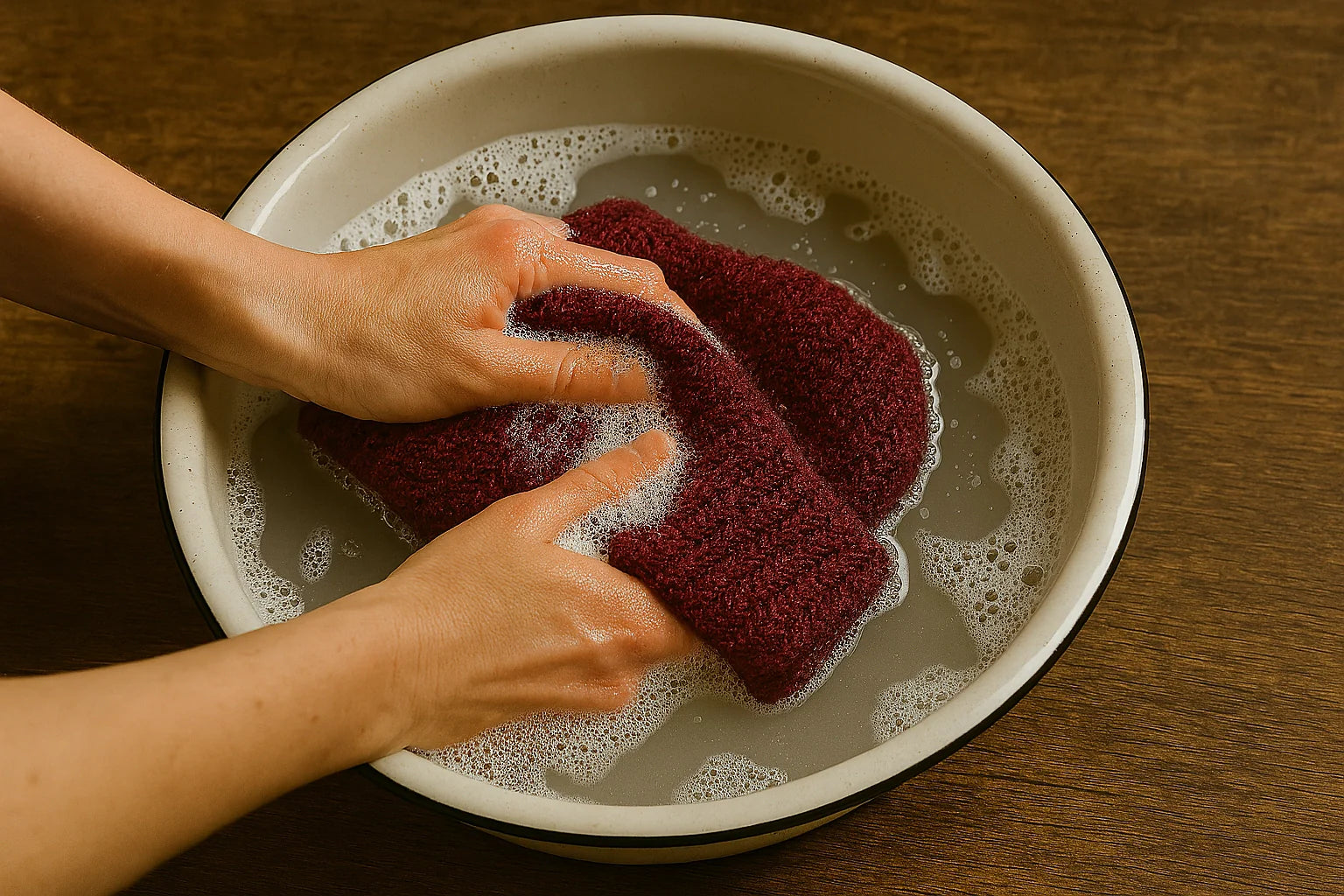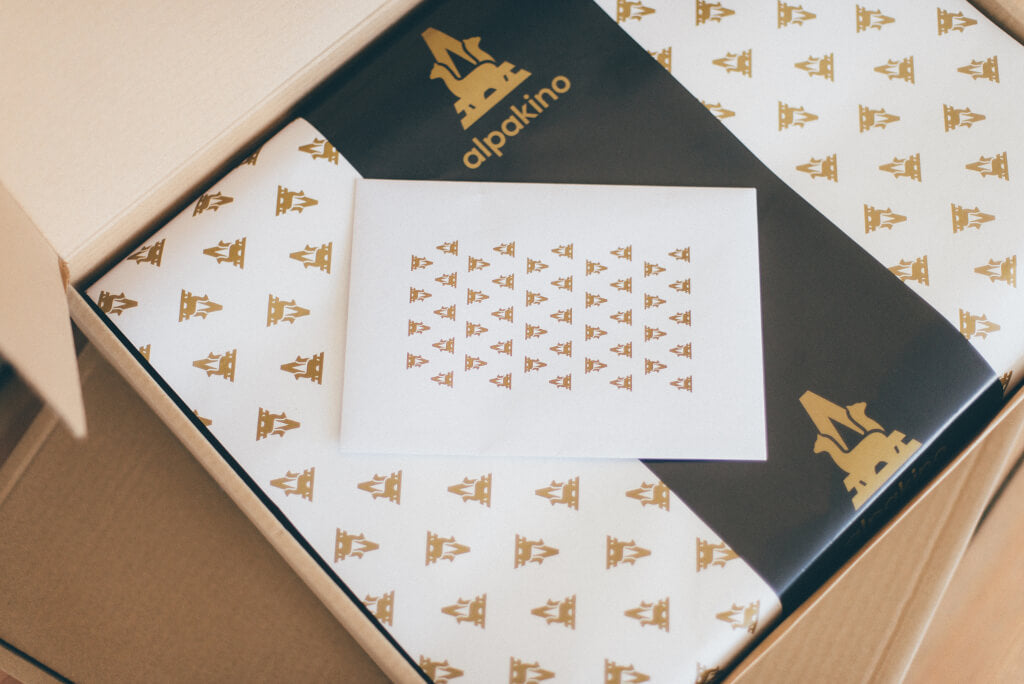WHY ARE ALPACA QUILT PRICES SO DIFFERENT?

Browsing online offers for alpaca duvets, we can see a huge range in prices. Many of us wonder why, in one place, you can pay several hundred złoty for such a product, while elsewhere, prices for the seemingly identical product start at over a thousand złoty. We'll try to explain this topic as thoroughly as possible.
Filling weight of the alpaca duvet
The first, most important factor that influences the price of an alpaca duvet is its fill weight. A simple rule applies here: the less the fill weight, the cheaper. Unfortunately, some offers claim that the duvet is suitable for all seasons and has a fill weight of 200-300g/m², which is in fact untrue. The optimal fill weight for an all-season alpaca duvet in European climates is approximately 400-500g/m². Various online stores also offer categories for summer, all-season, and winter duvets . So, if you're looking to choose the perfect duvet for you, before you buy into the low price, pay attention not to the description of the season, but primarily to the fill weight.
The composition and weight of the outer layer of the duvet
Another important factor influencing the cost of an alpaca duvet is its cover. For alpaca fiber to retain all its valuable properties during sleep, it must be adequately supported from the outside. Most of us probably know that nothing beats what nature provides, and it's likely this knowledge that led us to alpaca duvets. Therefore, when choosing the right duvet, pay attention to the cover's composition, whether it's a 100% natural fabric, such as cotton. Its weight is also an important factor in this case. Because alpaca fiber is very thin, a low weight outer layer of the duvet can cause it to bleed through. For this reason, densely woven filler fabrics with a weight of around 160-190g/m² are best, as they are designed specifically for delicate duvet filling. When checking information about the cover, it's worth making sure the fabric has a certificate attesting to the quality of a product that comes into direct contact with human skin, such as Oeko-Tex Standard 100. This certification ensures that the product is free from substances that adversely affect human health, such as formaldehyde, pesticides, and substances that cause allergies. The quality of the fabric, defined by its composition, weight, and certifications, among other factors, affects its price, so a duvet made of better material will undoubtedly cost more.

Are you sure it's 100% alpaca?
When we see a duvet priced between 300 and 500 PLN with alpaca filling, we should consider whether it's actually 100% alpaca fiber . In this case, in addition to the product description itself, we should also pay attention to its composition, as this is where the most important details are contained. Often, the composition will state that the filling isn't 100% alpaca , but rather blends of various fibers, or, for example, that the filling is "llama," which, unlike alpaca, has very thick fibers that have virtually no similar properties to alpaca fiber .
Different faces of "100% alpaca" filling
After reviewing all this information and seeing a duvet online that costs around 500 PLN, claims the filling is 100% alpaca with a weight of around 400-500g/m², and the cover is 100% cotton, can we safely buy such a duvet and sleep soundly? Unfortunately, NO. There's always a risk that despite all this information, the actual composition will differ from that stated on the label. In the worst-case scenario, it may contain blends of other wools, such as sheep's wool, which lack the same properties as alpaca , and may also cause allergies due to the lanolin content. Another important issue is that alpaca fiber itself can vary in quality. When shearing alpacas, their fleece is divided into three categories:
I – it includes the so-called veil, which is the best part of the entire alpaca fleece. It is used, among other things, to produce yarn or fill quilts;
II – consists of the neck and upper legs of the alpaca. Because it is usually long, it is used, among other things, to produce filling for quilts;
Class III – the lowest grade, consisting of fleece from the belly and lower legs of the alpaca. This short fiber is typically used for felting. Because it is often the dirtiest, it is rarely processed further.

Alpaca wool from Class I and II is undoubtedly the best choice for duvet filling. Unfortunately, some people also use Class III, which is unsuitable primarily due to its length. Filling duvets with this fiber will be less durable and may split during use, creating voids within the duvet, thus depriving it of its valuable properties and reducing the comfort of sleep for users. The higher the class of alpaca wool, the higher its price. The price difference between these classes is enormous, ranging from Class I to Class III, for example, by approximately 600-700%!
What else affects the price of a duvet?
Besides the filling and cover, the price of a quilt also depends on the production process itself, which is undoubtedly complex and time-consuming. Shearing the alpacas once a year, selecting the fleece, cleaning it, washing it, tearing it apart, carding it, and then preparing and sewing it all takes dozens, if not dozens, of hours of work. Much of this work is done independently, without the aid of machinery, and because alpaca fleece is so delicate, there are no shortcuts; all of this must be done carefully and, above all, gently to avoid damaging the fiber.
Can an alpaca fiber duvet be “cheap”?
Finally, the simple answer to the above question: NO. An alpaca quilt is a luxury product with superior properties, whose production process is laborious. Therefore, with all the above-mentioned components, and under fair working conditions, there's no way the final product could cost several hundred złoty.
So how can we avoid being fooled and what should we look for when choosing a duvet ? Don't just look at the price; read the ingredient descriptions, check the certificates, and above all, buy products from proven and reliable manufacturers.

In 2019, ALPAKINO received the prestigious Quality Certificate from KUKBUK POLECA magazine.



